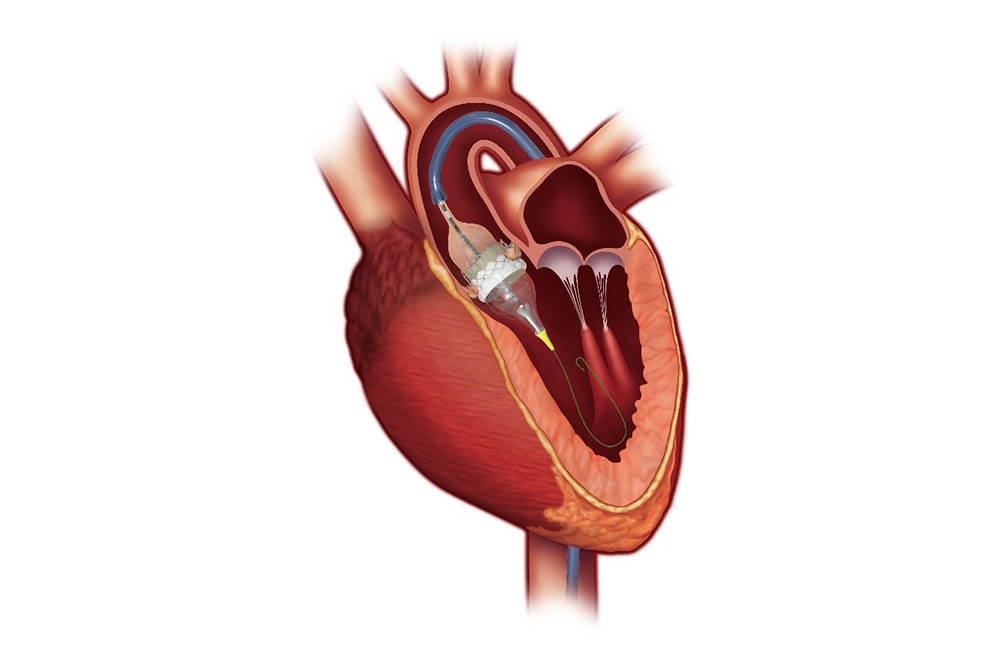What is aortic stenosis?
Aortic stenosis is a type of heart valve disease. It is progressive, meaning that over time, the leaflets become stiff. This reduces their ability to fully open and close. When the leaflets don’t fully open, your heart works harder to push blood through the aortic valve to your body. As a result, less oxygen-rich blood flows from the lungs to the brain and the rest of the body, which may cause symptoms.
Causes:
Age, calcium build-up, radiation therapy, infection of the heart, birth defects, rheumatic fever.
Symptoms:
Chest pain, rapid, fluttering heartbeat, fatigue, swollen ankles or feet, trouble breathing or feeling short of breath, feeling dizzy or light-headed even fainting, difficulty walking short distances, not doing activities you used to enjoy, difficulty sleeping or the need to sleep sitting up
Understanding your treatment options:
Dr. Emilio Garcia is an Interventional and Structural Cardiologist that specializes in Transcatheter Aortic Valve Replacement Procedures (TAVR) at Jupiter Medical Center and Palm Beach Gardens Medical Center. TAVR is a less invasive approach to aortic valve replacement compared to open heart surgery. With the TAVR procedure, a small incision is made, usually in the groin. A thin, flexible tube is inserted into the artery to guide the heart valve up to your heart, and the valve is expanded into place. It does not remove your old valve, it fits within the diseased valve.
What are the benefits of Transcatheter Aortic Valve Replacement?
If you have heart valve failure and have symptoms, a transcatheter valve replacement may help your heart to work better. Other benefits include: better clinical outcomes, less invasive, with minimal scarring, shorter hospital stay, shorter recovery time to getting back to everyday activities, improved quality of life, relief of symptoms.

